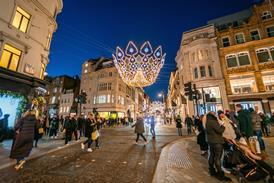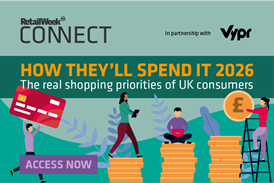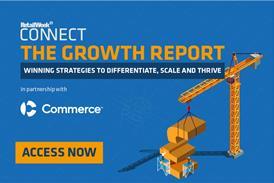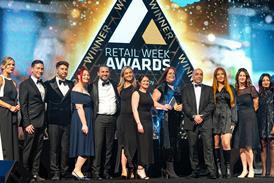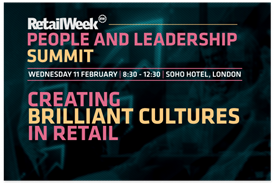Six ways to win back lockdown shoppers this Christmas

Research shows 80% of all shoppers that have made a purchase with brands since March have been newly acquired customers. However, these new shoppers are extremely fickle and are shopping around. What can retailers do to attract them back during the biggest online Christmas ever?
Already have an account? Sign in here









